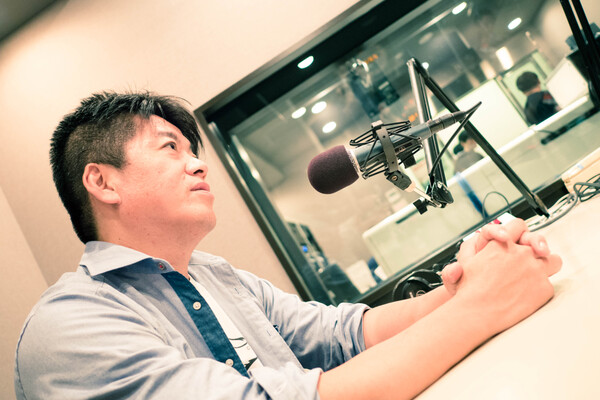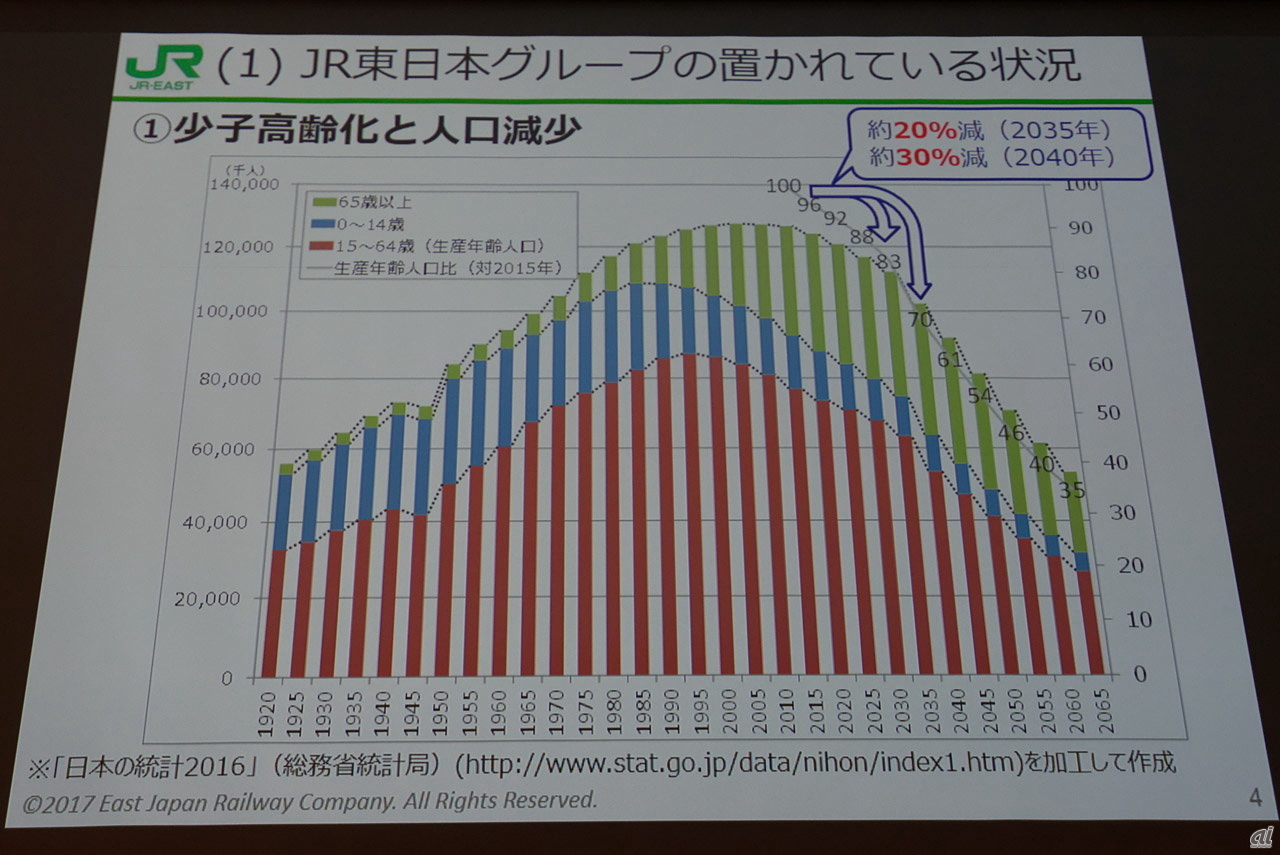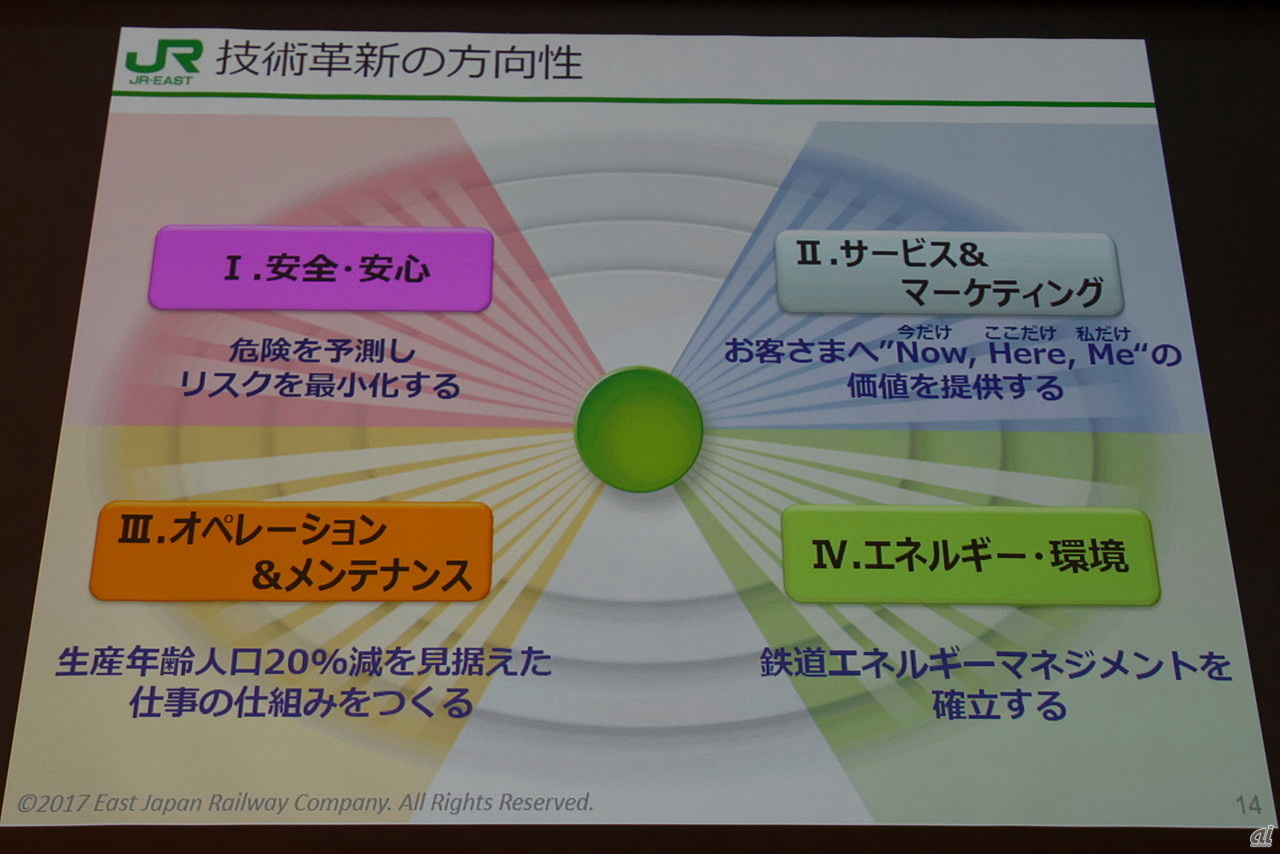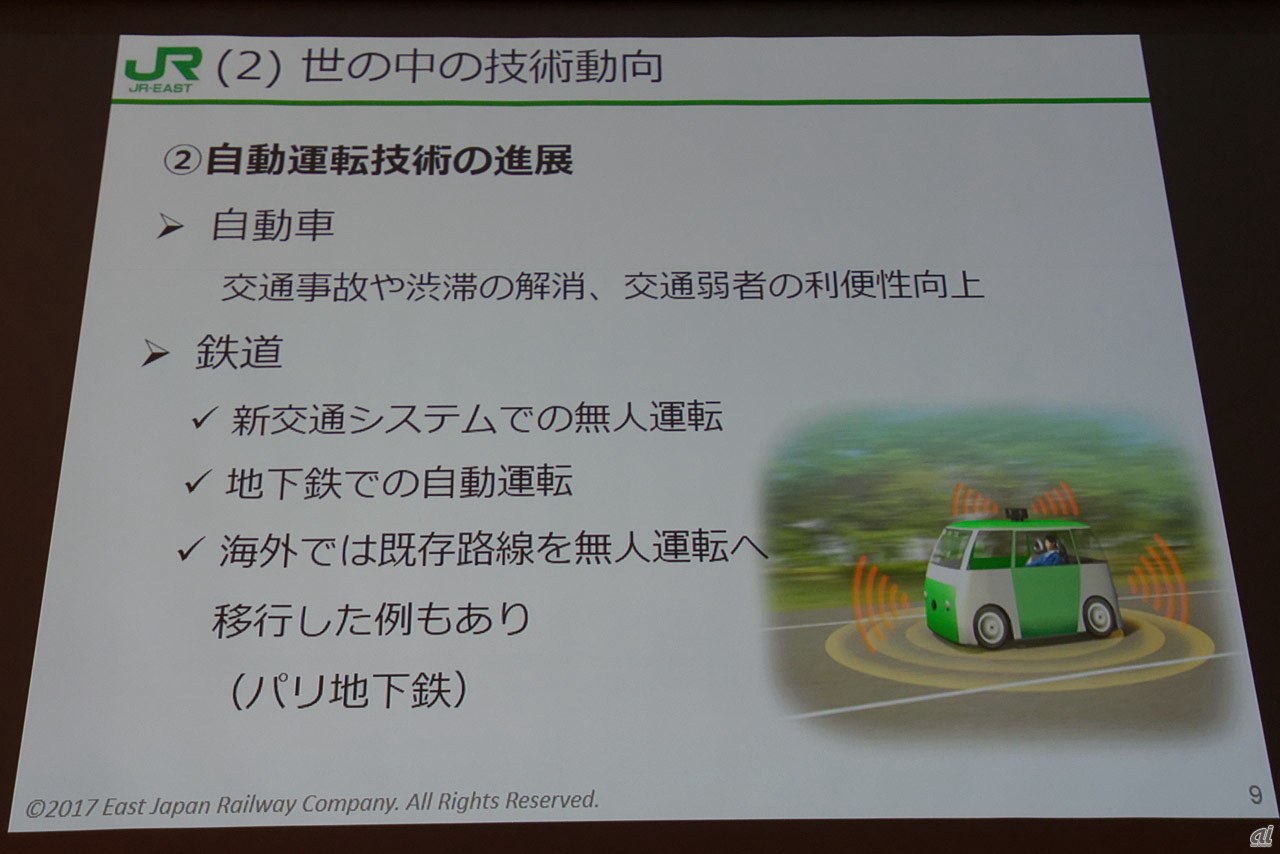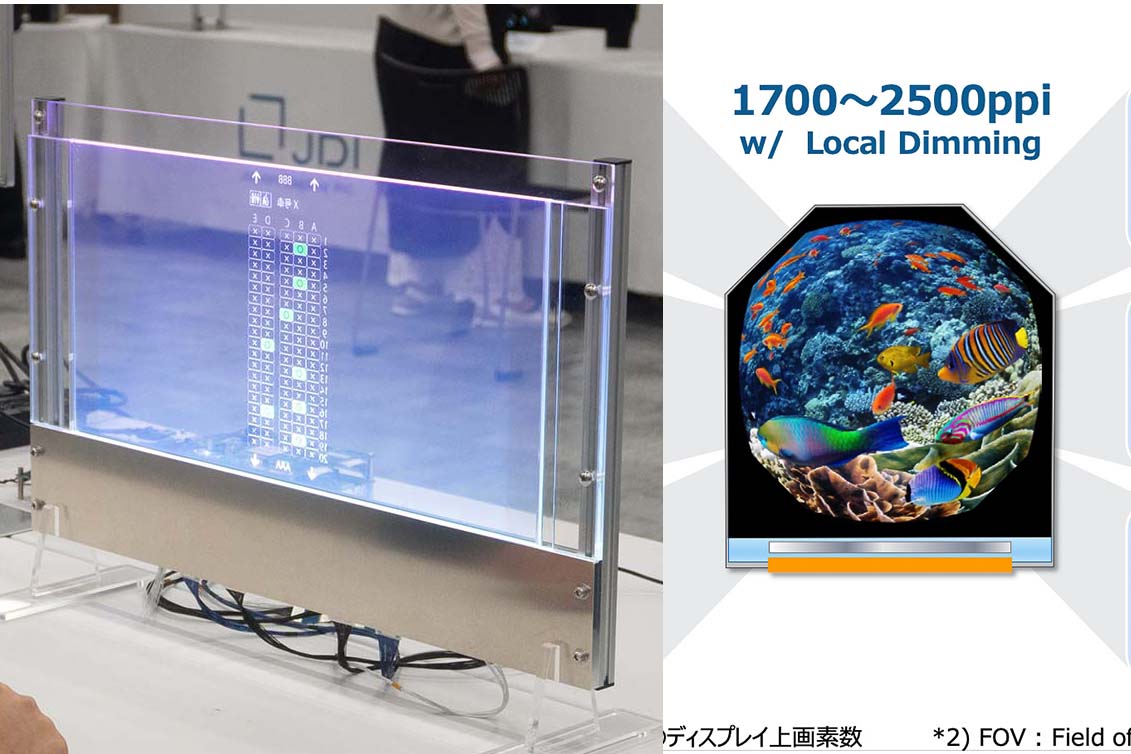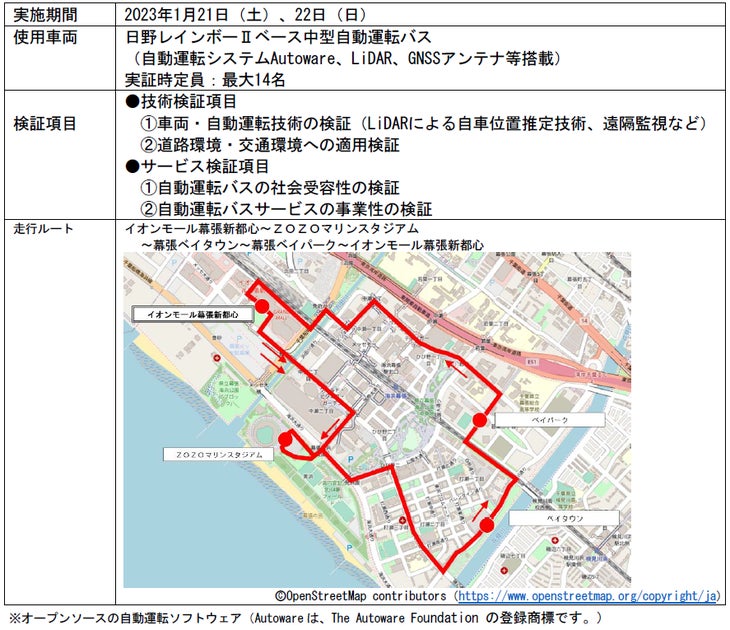| VERBAL (m-flo/PKCZ®) and Horiemon face to face |
| Photo: J-WAVE |
It's always Horiemon's turn!
“J-WAVE INNOVATION WORLD'' is a radio program supervised by VERBAL (m-flo/PKCZ®). This is a program where VERBAL seriously introduces startup culture. Broadcast on 81.3 MHz FM from 10 p.m. on the last Sunday of each month. You can also listen to it on Radiko digital radio.
Once a month, the program offers a segment called “DREAM PITCH” where entrepreneurs and their eggs make presentations in front of guests. Tomorrow, June 28, SNS founder Takafumi Horie, also known as Horiemon, will be the guest. The editorial staff managed to infiltrate the studio.
Oh yeah, I forgot something important.
One of the entrepreneurs featured is Atsushi Nakanishi, the developer's representative for “DFree,” a device that predicts poop and says “it will come out in 10 minutes.” “I'm going to talk about the importance of poop on national television,” he said enthusiastically, and I thought it was great that he was as energetic as ever.
It's common, isn't it?
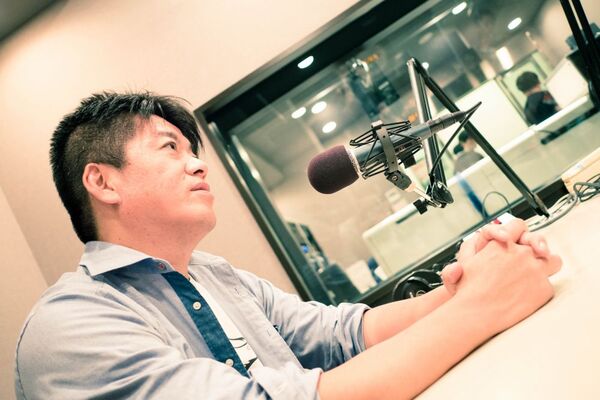 |
|---|
| Horiemon listening to the pitch |
| Photo: J-WAVE |
“I didn’t catch it in time and leaked it to the street.”
First, Rep. Nakanishi presented the development process as usual as a risk pitch. He had the idea of developing a device that would allow his smartphone to tell him in advance when it was time to defecate in the event of a poop leak, and he was able to achieve this using an ultrasonic sensor. DFree is currently seeking funds through crowdfunding for nursing and medical purposes.
After finishing the presentation with a nervous look, Mr. Nakanishi and Mr. VERBAL looked at Horiemon.
“Well, I guess that’s common.”
I will never forget how Representative Nakanishi froze after hearing Horiemon's unexpected words.
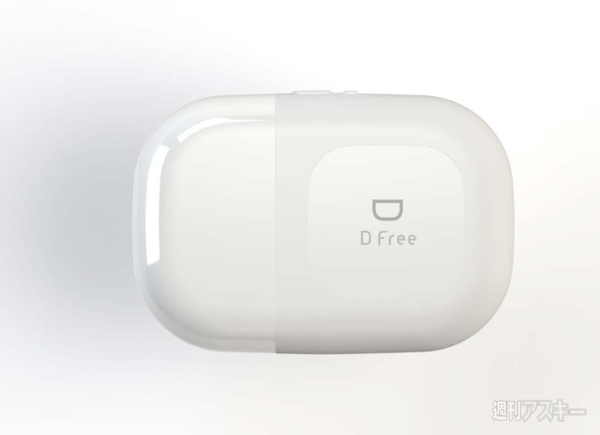 |
|---|
| DFree uses ultrasound to predict defecation |
After that, Horiemon quickly asked questions about the technology, such as “How long did you mean?” » “What sensors are used inside? » “How many sensors?” » “How many sensors?” » Rep. Nakanishi responds.
However, he seemed to think that Horiemon and DFree were equally good in their own ways.
When VERBAL heard about using a gel pad similar to Nubra while wearing it, he said, “It's not very comfortable, is it?” ” and Horiemon continued by saying, “Well, it's okay, Nubra is okay, right? '
However, Horiemon himself seemed to be more interested in ultrasound than DFree and said, “There is something I would like you to do.” »
Make an ultrasound probe
 |
|---|
| VERBAL also recoiled from Horiemon's angry speech. |
| Photo: J-WAVE |
“Ultrasound probe. I want them to make something like the one pregnant women use that connects to smartphones. There's a company called GE Healthcare that sells a big flip phone with a probe attached, and it costs 700 000 yen.”
VERBAL and Nakanishi were both very agitated, and it certainly made no sense for them to suddenly ask for an ultrasound probe without any explanation.
However, the lightning talk that followed, or rather the idea of Horiemon using ultrasonic sensors, was quite stimulating.
“I think pregnant women will buy it if it is not a medical device but a leisure item for 50,000 to 100,000 yen. They will definitely buy it at home thinking: ” This is my baby.” “For example, for a wedding present. It will definitely be on something like “Tamahiyo”.
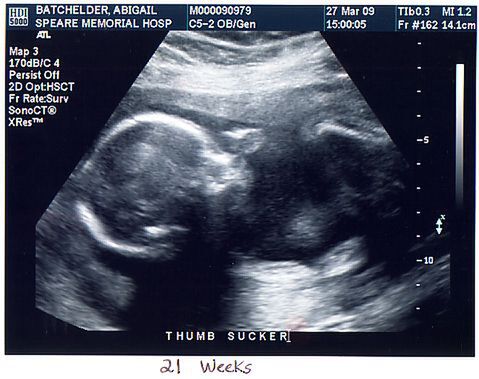 |
|---|
| They want to publish a simplified version of this Echo for amateurs. |
| Photo: Abigail Batchelder |
Additionally, Horiemon develops the idea that there is a way to extend its reach beyond amateur use and popularize it as a simple, inexpensive diagnostic device for developing countries.
“There are overseas countries that do not yet have regulations. Distribute them to rural areas of these countries and leave them there. Remote medical diagnosis will then be possible. By sending data on the Internet, doctors will be able to diagnose in remote areas, is this happening?
Although the host and presenter are surprised, Horiemon continues to dominate.
“It can also be used for autopsies. There is a movement to install such devices (sensors) at the scene of diagnosis of people who died in accidents. Autopsies are not medical procedures, so they should be useful there also. why there is a great need. That's what I thought. If I asked you to do something like that, would you do it?
Rep. Nakanishi was a little hesitant when he responded, “In the future,” and Horiemon continued to support portable ultrasound probes, saying, “I think it would be better to do things like that , not just excretion. »
Just when you thought the investigation story had calmed down for a while, Horiemon's love for ultrasound didn't stop.
Ultrasound is hot!
 |
|---|
| Horiemon talks about ultrasound |
| Photo: J-WAVE |
“Ultrasound is really hot, come here. The sound waves can create a tactile sensation. There is something called focused ultrasound, and when it is focused, a force field is created. I destroyed a stone renal from outside the body There is one, but it uses ultrasound Through this, you can create a tactile sensation through ultrasound.
Touch reproduction technology using ultrasonic waves has also been applied to “Pixie Dust”, a 3D display using ultrasonic speakers. Horiemon previously spoke to Yoichi Ochiai about Pixie Dust on his own website, so I assume he draws inspiration from that area as well.
 |
|---|
| PixieDust Ultrasonic Exit Machine |
“If you have an ultrasound generator made with MEMS, you can make it extremely small. You can create a transparent sheet. If you attach the panel to your smartphone, you can touch the other person's face when a video call You can transfer the scanned data to the other person. They will be reproduced.
MEMS (Micro Electro Mechanical Systems) refers to ultrathin millimeter-sized devices. This is an area of technology that is gaining attention as smartphones and sensors become more widespread.
Well, at this point everyone was so overwhelmed that it became hard to tell if it was a J-WAVE studio or a recording studio for “Weekly Ass ACCN x Tsubasa Digi -Digi 90”.
The host, VERBAL, summed it up well by saying, “I think we can create about 10 business plans just from what we just saw,” and the show ended. Rep. Nakanishi was repeatedly told by Horiemon, “I want you to make this happen, don’t I?” » and each time, he replied: “Ah, hi”.
Good luck, Representative Nakanishi, and complete DFree properly and amaze the world.
Let's gather in front of the radio tomorrow June 28 at 10 p.m.
This is why we finished recording “J-WAVE INNOVATION WORLD”.
Parking sharing company Akippa and others appeared on the pitch, making it a great pitch event even though it was a radio show. Good good.
In fact, it's a shame that I don't know such a strange and interesting program. I'm curious because July's guest will be Soichiro Tahara. What are you talking about?
Everyone who was interested gathered in front of the radio. Let's listen together every month starting tomorrow.
■ THE WORLD OF J-WAVE INNOVATION
Innovator Discovery Program
Last Sunday of each month from 10:00 p.m. to 10:54 p.m.
81.3MHz FM Radio
Browser: VERBAL(m-flo/PKCZ®)
Guest of June 28: Takafumi Horie
July 26 guest: Soichiro Tahara
■Associated sites
THE WORLD OF J-WAVE INNOVATION

